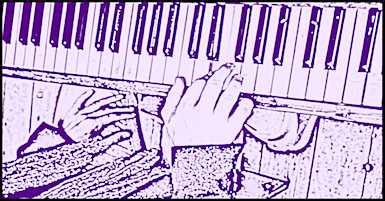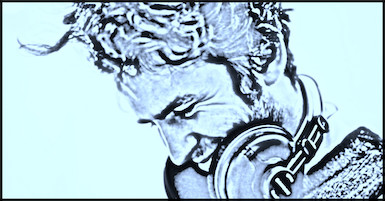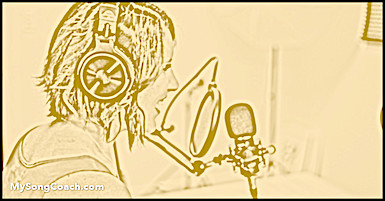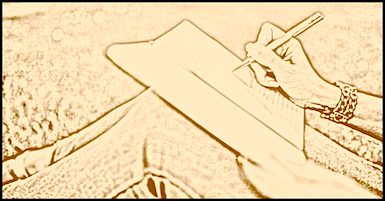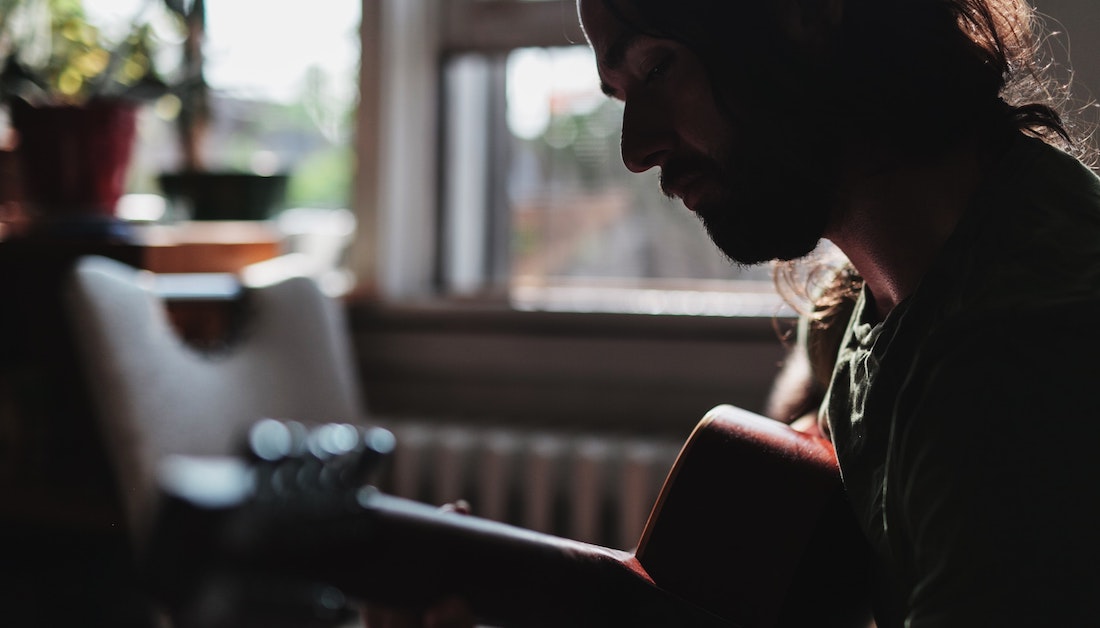Current hit songs in all mainstream commercial genres tend to stick to a few basic chords and lean heavily on the repetition of simple chord progressions. If you’re racking your brain trying to come up with complicated chord progressions, you may be better off limiting your chords to I – IV – V and VI, for instance, C, F, G, and Am.
You can hear these chords used as repetitive progressions in big hits like OneRepublic’s “Counting Stars” and Kelly Clarkson’s “Stronger (What Doesn’t Kill You).” These are just two Top 10 hits that rely on a basic, repetitive chord palette. There are dozens more.
So, how does that work? Why do listeners like these songs? Why don’t these repeated progressions become boring?
The secret sauce of simple chord progressions
The secret to successfully using today’s repetitive chord progressions lies in the way the melody relates to them. The chord progression provides a solid, steady foundation on which a rhythmically interesting melody can be built.
Beyoncé’s Pop/R&B hit “Halo” is a great example of a rock-steady, repeated four-chord pattern with melodic phrases that begin in between the chord changes. This is one trick that keeps these repetitive chord progressions interesting: The melody doesn’t always emphasize the beat on which the chords change.
